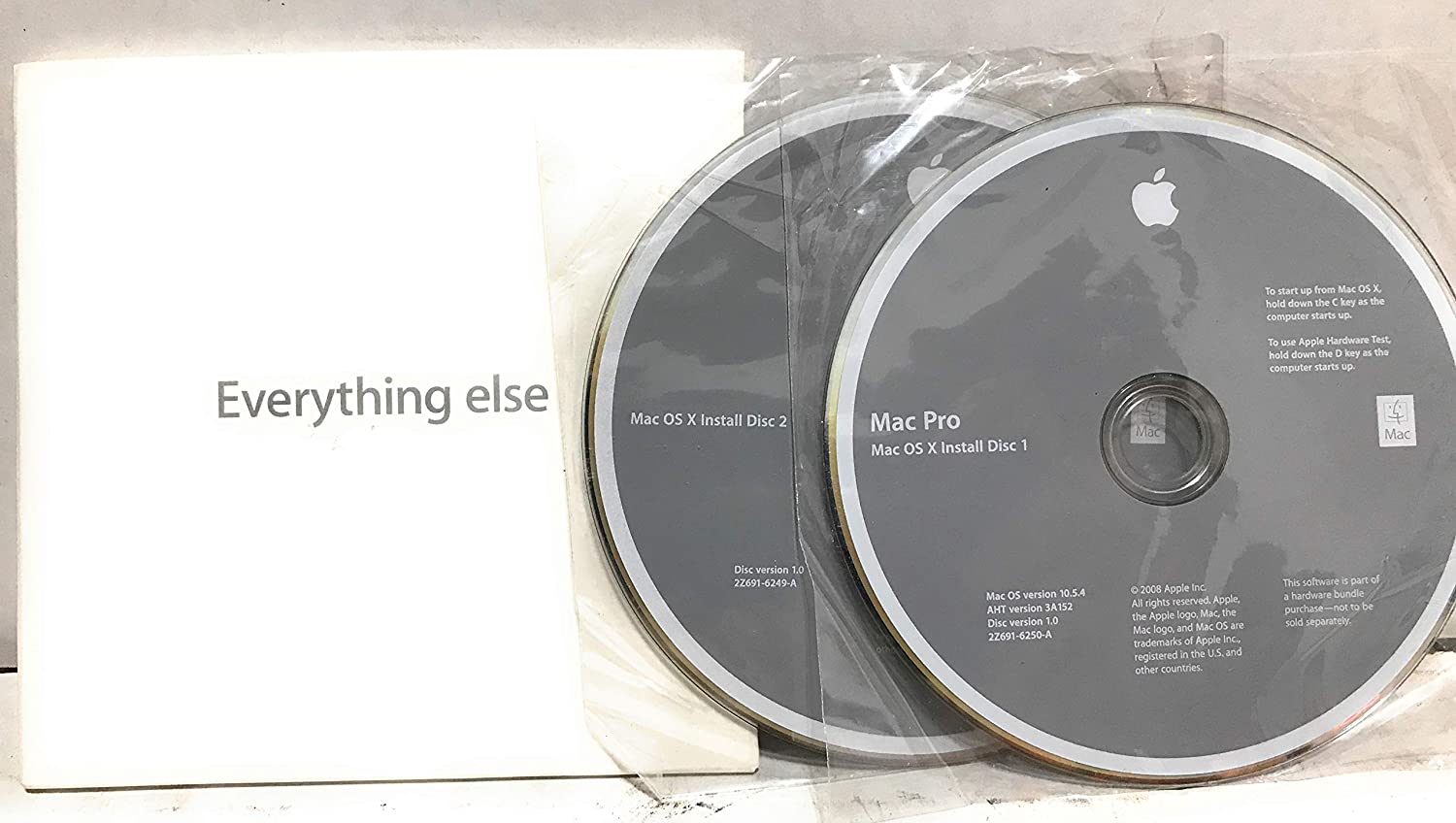

No cloning whatsoever is used to deploy the OS, which results in a clean, never-before-booted OS X installation that is (for all intents and purposes) identical to the user experience that you’d initially achieve in starting up an off-the-shelf Mac. Deployment methodsīy definition, this method is simply an OS installer that loads the initial OS or uses the existing OS that comes pre-installed when purchasing new equipment. We’ll also examine the relative benefits that may be gleaned from changing out a deployment style for another, including employee productivity, downtime, and impacts on the network.

Let’s begin by taking a look at each method, and then we’ll drill down further into what makes them work well (and not so well) for certain environments. These exist in stark opposition to the everything-but-the-kitchen-sink mentality prevalent with thick imaging. This is close in concept to thin imaging, which contains the basics necessary to get the system operational, along with a few apps, and is usually restricted to required agents and settings. Interestingly enough, no imaging means just that: no cloning of any kind. There’s also a growing trend taking a cue out of the BYOD playbook that advocates no imaging.

However, as was recently brought to my attention by several astute readers, the deployment of computers and their relevant software applications are divided beyond the traditional thick vs. In the past, I’ve espoused upon the timesaving, work-reducing benefits of imaging or cloning desktop computers for use in deploying new or refreshed equipment. Jesus Vigo reviews the three most popular methods for deploying Apple computers, weighing out the pros and cons of each scenario for SMB/enterprise. 3 most popular methods for deploying Apple computers


 0 kommentar(er)
0 kommentar(er)
